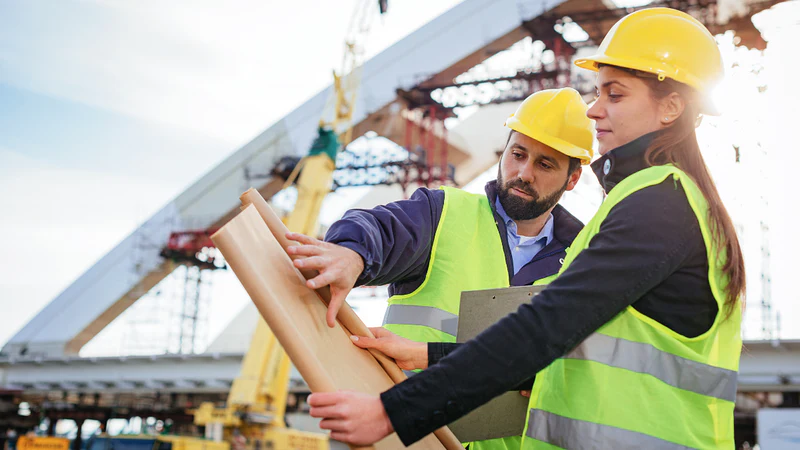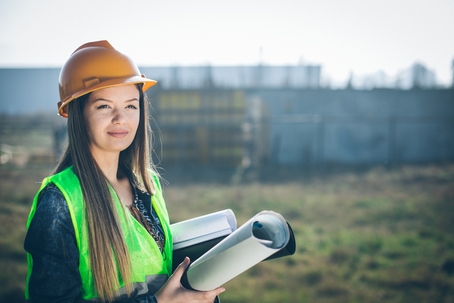Born and bred in Hokitika, Bruce cut his teeth at a local county council before heading to Christchurch to complete an engineering degree Since then, his career has taken him around the globe working on everything from heavy construction in the United States to hydro-electric dams in Canada to submarine cables in Niue. I don’t like doing the same thing twice,” Bruce explains In the 1980s, Bruce was working on the construction of a military air base in the Negev Desert in Israel That was a project and a half. The base included underground shelters for 60 jets, as well as accommodation for all the personnel and all other support facilities. The entire project was completed in under two years with a largely Portuguese workforce Closer to home, Bruce project managed high rise buildings in Wellington CBD during the 1980s building boom. He later worked as an advisor to then Prime Minister Jim Bolger, as well as on the 2012 restoration of Government House The largest home renovation ever completed in New Zealand,” he laughs.

Other Memorable Projects Include The ANZAC Frigate project – The Largest Project Of Its kind At The Time, The Construction Of A Gas To Gasoline Plant In New Plymouth.
and New Zealand’s first wind farm in the. Following the Christchurch earthquake in 2010, Bruce worked for the Christchurch Earthquake Recovery Authority (CERA) overseeing the horizontal infrastructure rebuild Most recently, Bruce was the Project Director for the construction of the Wellington Supreme Court The Supreme Court courtroom is one of the most beautiful public spaces in New Zealand. The project involved combining the restoration and base isolating the old court with a new buil Heritage projects are important to the fabric of communities, but unfortunately you can’t do them all – it’s just too expensive. When the Town Hall project came up, I jumped at the chance – it’s a Wellington icon One of the city’s most important Category One heritage buildings, the Town Hall was declared earthquake prone in 2009 and closed to the public in 2013. A strengthening and redevelopment programme began in 2019, and it is expected to re-open in 2025 As ‘Engineer to the Contract’, he is responsible for overseeing the construction contract including structural work, which will take the Town Hall up to 100 percent of the building code. The heritage elements of the building will be restored to their former glory at the same time. Bruce says it has been a real labour of love for all concerned.

The project combines the old with the new to create a heritage building at the cutting edge of technology. As well as reinstating the world-class concert venue.
the project creates a new national music centre, which will give the building a new lease of life and provide enjoyment for Wellingtonians for years to come The Town Hall is a challenging project. Bringing the building up to code is no mean feat. The original exterior facade is being retained, but in order to provide access much of the interior is being removed and replaced. The building is being entirely re-founded on new piles and 165 base isolators are being installed. These will enable the whole building to move 250-400mm from side to side in the event of an earthquake It has been a slow and painstaking process. The entire building weighs around 18,400 tonnes and the facade has to be treated carefully. The exterior needs to be supported while the work is carried out and the process is designed to minimise any movement during construction. Earthquakes are a huge risk during this period Work needs to be done sequentially with no more than 25 percent of a wall being temporarily supported at a time, which constrains the programme The technical challenges are only some of the project’s worries The impacts of COVID have been unprecedented. Things are starting to improve now, but we’re still feeling the knock-on effects of inflation, cost increases, time delays and skills shortages. It’s going to take time to recover,” Bruce explains.

Despite the challenges, Bruce is upbeat.
The project has been a voyage of discovery and collaboration. The Council, Naylor Love and consultants are working closely using the latest technologies and developing new approaches The Town Hall is the anchor stone for and it’s been a privilege to be involved. It’s a very special space architecturally and for Wellingtonians – the heart of the city and somewhere for future generations to be proud of.”


Recent Comments